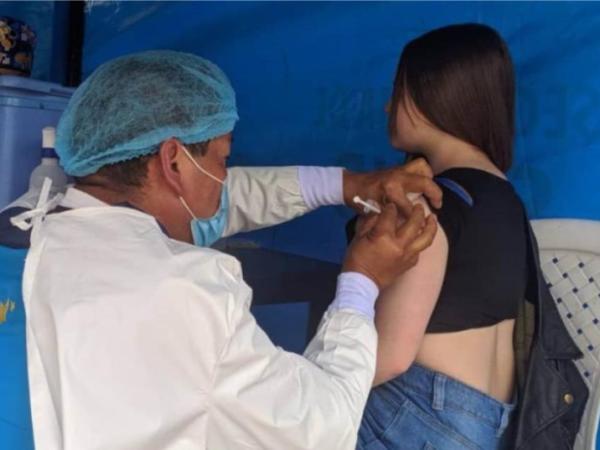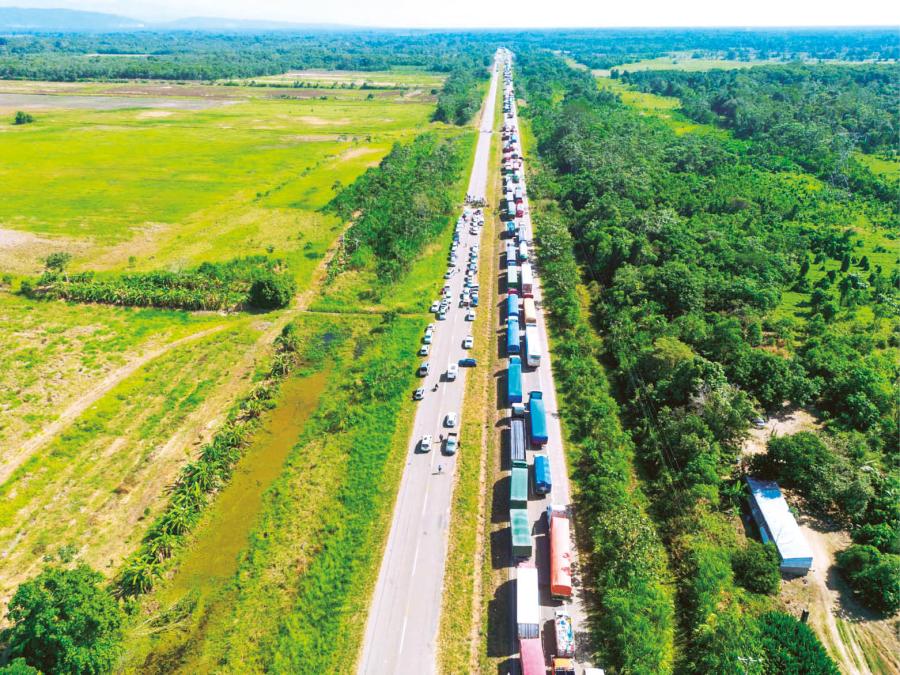In a potentially striking discovery, scientists who use the James Webb space telescope have obtained what they consider the strongest signs of possible life existence beyond the solar system, detecting in the atmosphere of an alien planet the chemical gases fingerprints that are produced only by biological processes.
The two gases-dimethyl sulfide and dimethyl disulfide-involved in the planet’s observations called K2-18 B by the webb are generated on earth by living organisms, especially microbial life, such as marine phytoplankton.
This suggests that the planet may be full of microbial life, the researchers said. They emphasize, however, that they are not announcing the discovery of living organisms, but rather a possible bioassinature – indicator of a biological process – and that the results should be seen with caution and more observations are required.
The scientists expressed enthusiasm, however. These are the first evidence of an alien world that can be inhabited, said astrophysicist Nikku Madhusudhan of the Cambridge University Astronomy Institute, the main author of the study published in Astrophysical Journal Letters.
“This is a transformative moment in the search for life beyond the solar system, in which we demonstrate that it is possible to detect bioassine on planets potentially habitable with current facilities. We entered the age of observational astrobiology, “said Madhusudhan.
He noted that there are several efforts ongoing in search of signs of life in the solar system, including assumptions of environments that can be conducive to life in places like Mars, Venus and various icy moons.
K2-18 B is 8.6 times more massive than the earth and has a diameter about 2.6 times larger than that of our planet.
It orbits in the “habitable zone”-a distance when liquid water, a fundamental ingredient for life, may exist on a planetary surface-around a smaller and less bright red dwarf star than our sun, located about 124 light years from the Earth, in the constellation of Leo. A light year is the distance that light travels in one year, ie 9.5 trillion kilometers. Another planet was also identified orbiting this star.
Oceanic world
About 5,800 planets besides our solar system, called exoplanets, have been discovered since the 1990s. Scientists have raised the hypothesis of existence of exoplanets covered by an ocean of liquid water habitable by microorganisms and with hydrogen -rich atmosphere – the so -called oceanic worlds.
Previous Webb observations, which was launched in 2021 and went into operation in 2022, identified methane and carbon dioxide in the K2-18 B atmosphere, first time that carbon-based molecules were discovered in the atmosphere of an exoplanet in the habitable zone of a star.
“The only scenario that currently explains all data obtained so far by JWST (James Webb Space Telescope), including past and present observations, is one where the K2-18 B is a life-filled ocean world,” Madhusudhan said. “However, we need to be open and keep exploring other scenarios.”
Madhusudhan said that with the ocean worlds, if they exist, “we are talking about microbial life, possibly as we see in the oceans of the earth.”
The hypothesis is that its oceans are warmer than those of the earth. Asked about possible multicellular organisms or even intelligent life, Madhusudhan said, “We can’t answer this question at this stage. Basic assumption is simple microbial life.”
DMS and DMDs, both from the same chemical family, are considered as important exoplanet bioassinatures. The webb found that one or the other, or possibly both, were present in the planet atmosphere with a confidence level of 99.7%, which means there is still a chance of 0.3% of the observation being a statistical chance.
Gases were detected at atmospheric concentrations of more than 10 parts per million per volume.
“For reference, this is thousands of times more than its concentrations in the earth’s atmosphere and cannot be explained without biological activity based on existing knowledge,” said Madhusudhan.
Scientists who did not participate in the study advise caution.
“K2-18 BO rich data make a tempting world,” said Christopher Glein, the main scientist at the Southwest Research Institute’s Space Science Division in Texas.
“These newer data are a valuable contribution to our understanding. However, we should be very careful to test the data as completely as possible. I look forward to seeing additional and independent work on data analysis, which will start next week.”
*(Additional Stuart McDill report)
*Reproduction of this content is prohibited.













